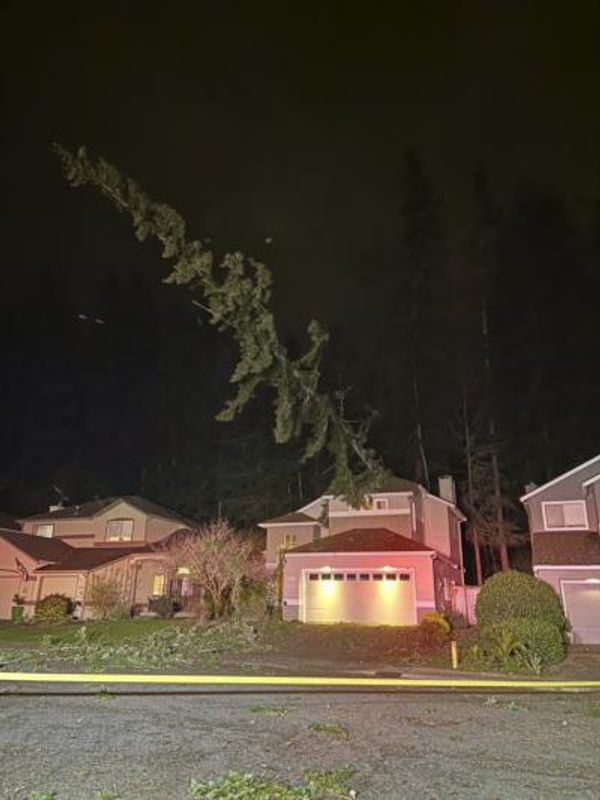
Most Indian TV news anchors ask Big Questions every night. They ask questions of the opposition, questions of liberals, questions of foreign governments, sometimes questions of the people, but rarely, if ever, for the people.
One such question has excited the newsmen and newswomen on TV since the eruption of violence around Ram Navami gave several state governments an excuse to bulldoze mainly Muslim homes, without so much as a pretence of a legal process. The question: “What’s a Muslim area?”
What’s a Muslim area, indeed? Or, more accurately, a Muslim ghetto? Why do Muslim ghettos exist in a supposedly secular country? What role does religion and demography play in access to housing? What’s the legal position?
Watch.
References
Accumulation by Segregation: Muslim Localities in Delhi, Ghazala Jamil
Muslims in Indian Cities, Laurent Gayer and Christophe Jaffrelot
Muslims in Indian Cities: Degrees of Segregation and the Elusive Ghetto, Raphael Susewind
Ethnic Conflict and Civic Life Hindus and Muslims in India, Ashutosh Varshney
The Ordinary Man’s Guide to Radicalism, Neyaz Farooquee
The wretched of the city; Indian Muslims of the metropolis
How Muslim ghettos came about in Delhi
In India’s largest Muslim ghetto
In Ahmedabad’s Juhapura, exploring the paradoxes of Muslim ghettoisation
Disturbed Areas Act in Gujarat: A Tool to Discriminate Against Muslims
Is Uttarakhand Govt’s ‘Demographic’ Probe of Property Deals a Play on ‘Land Jihad’ Bogey?
After 'Migration' and UCC, Uttarakhand's BJP Govt Targets Mazars and Madrasas
Bigotry At Home: How Delhi, Mumbai Keep Muslim Tenants Out
Cities Divided: How Exclusion Of Muslims Sharpens Inequality
Urban Rental Housing Market: Caste and Religion Matters in Access
Newslaundry is a reader-supported, ad-free, independent news outlet based out of New Delhi. Support their journalism, here.







